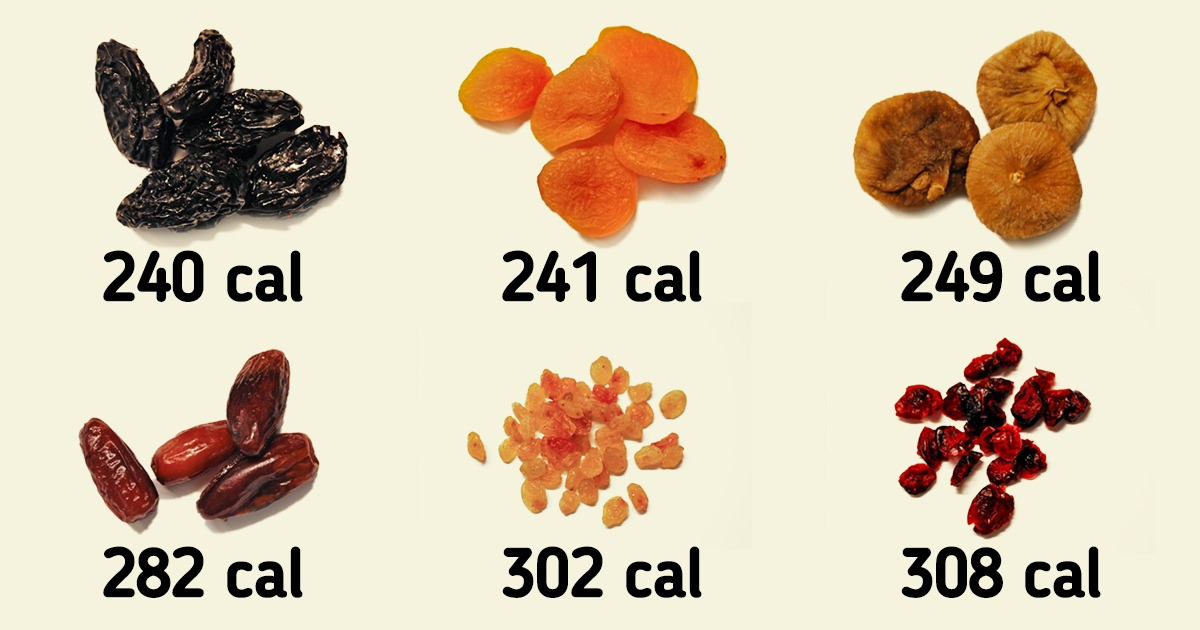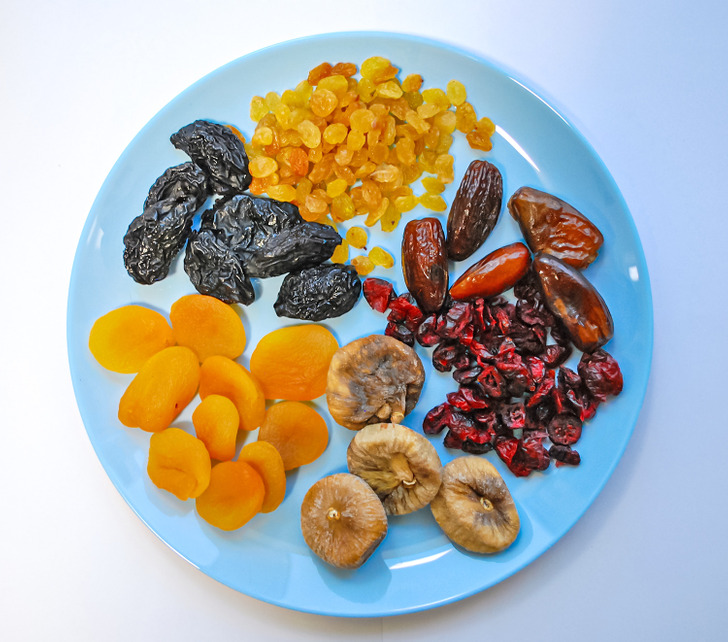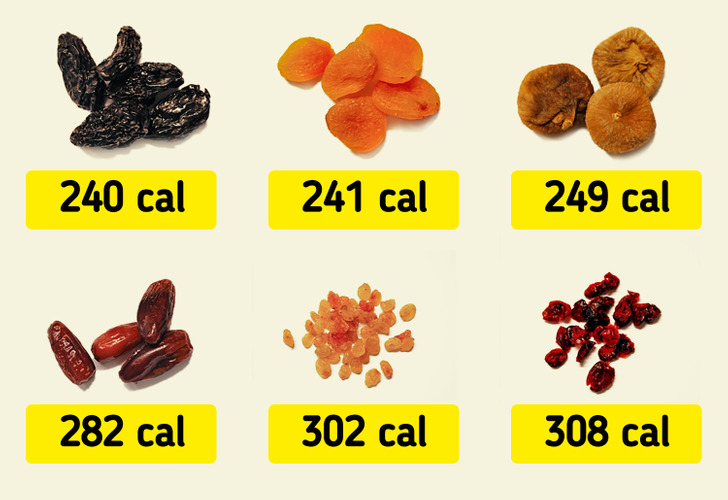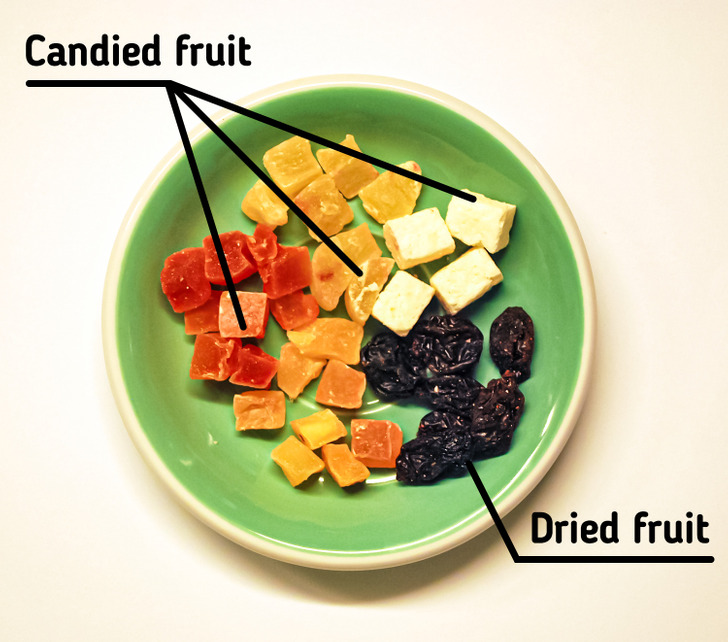A Guide to Types of Dried Fruit

Dried fruit is considered a healthy treat and is often used as a delicious addition to various dishes. Traditionally, people use fresh fruit and berries that are dried in the sun. The result is a high-calorie product, that is rich in vitamins and can be stored for a long time in a dry area.
5-Minute Crafts wants to tell you what the specifics of different dried fruit are, how to spot poor-quality products, and why these products should be consumed with caution in some cases.
Types of dried fruit

Dried fruit consists of fruits and berries that are exposed to drying, which results in losing the biggest part of their moisture. They can be stored for a long time and remain a source of mineral elements and vitamins and still be beneficial for the body. For example, dried fruit can prevent and slow down the worsening of eyesight and can be an additional source of iron during a woman’s pregnancy.
- Dried fruit includes dried apricots, prunes (dried plums), raisins (dried grapes), and dates. It can also be made from apples, bananas, watermelon, peaches, mangoes, papaya, pineapple, coconut, and figs. Many berries like cranberries or cherries are also dried.
The traditional way of getting dried fruit is to dry it naturally, like in the sun for example. With the development of industry, there are other drying methods that have appeared — for example, the use of special devices called dehydrators. Thanks to these dried fruit can be quickly prepared at home, in any season.
Dried fruit is often used in the culinary realm. For example, raisins are added to baked goods or are mixed with nuts to cook muesli, prunes can be stewed with beef in a butter sauce, and dried apples can be used for making stewed fruit.

In the process of drying, berries and fruits lose part of their initial weight due to which their calorie content increases by several times. Dried fruit is also rich in carbohydrates and sugar, that’s why eating it can promote weight gain. Below you can see the approximate calorie content of various dried fruits per 100g of the product:
- prunes — 240 cal
- dried apricots — 241 cal
- figs — 249 cal
- dates — 282 cal
- golden raisins — 302 cal
- dried cranberries — 308 cal
❗Important note: Unscrupulous sellers may use artificial additives and preservatives to produce dried fruit. For example, they can process the product with sulfur dioxide, due to which the dried fruit acquires a bright color and a fresher look. Choose reliable sellers and try to not buy dried fruit that has a distinctly brighter and more saturated color. It’s recommended to wash any dried fruit well before eating.

Oftentimes, candied fruits are sold as dried fruits. Their main difference is that the fruits and berries are first boiled in sugar syrup and the ready product has almost no vitamins and minerals, but the content of sugar and carbohydrates is very high in them — that’s why these sweets can be considered good for your health.